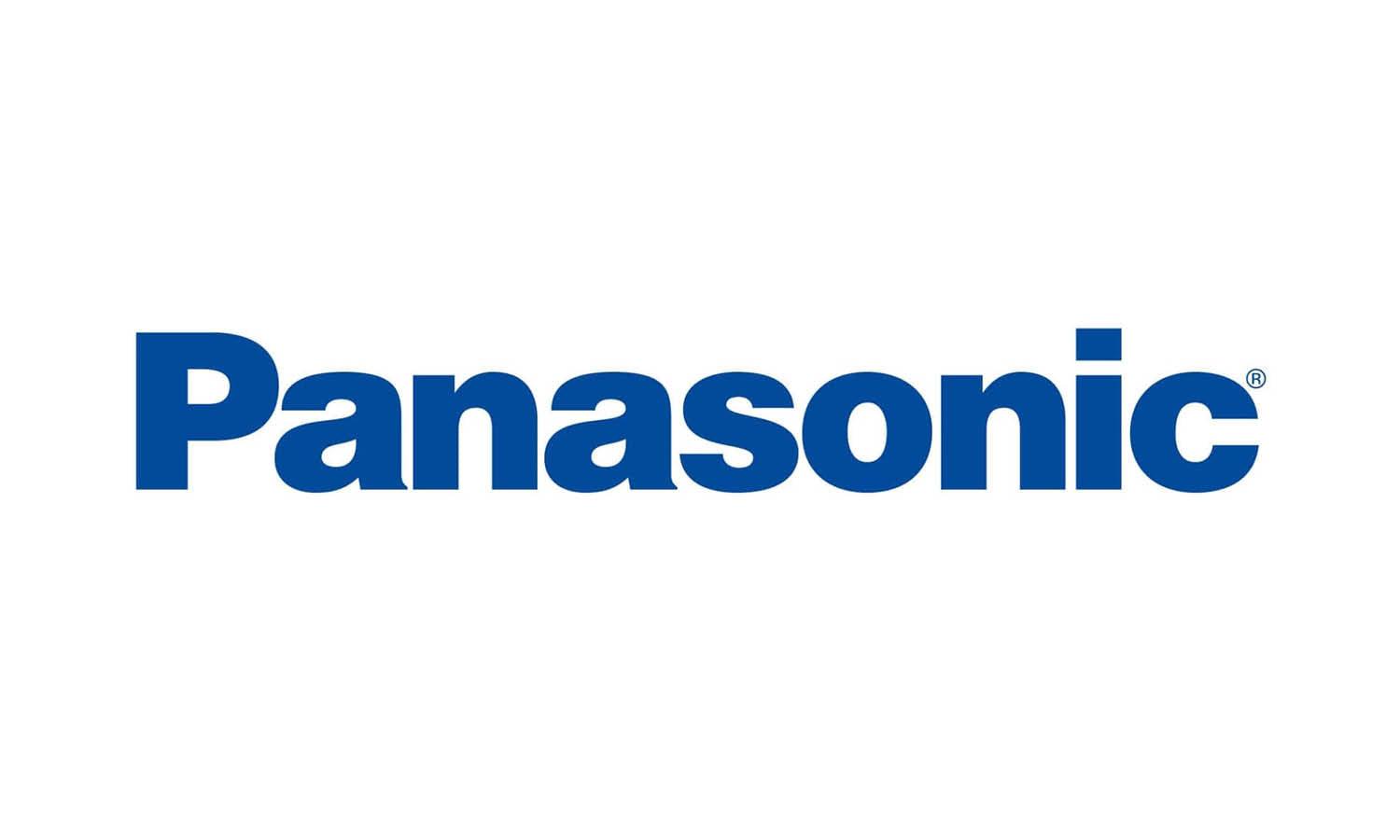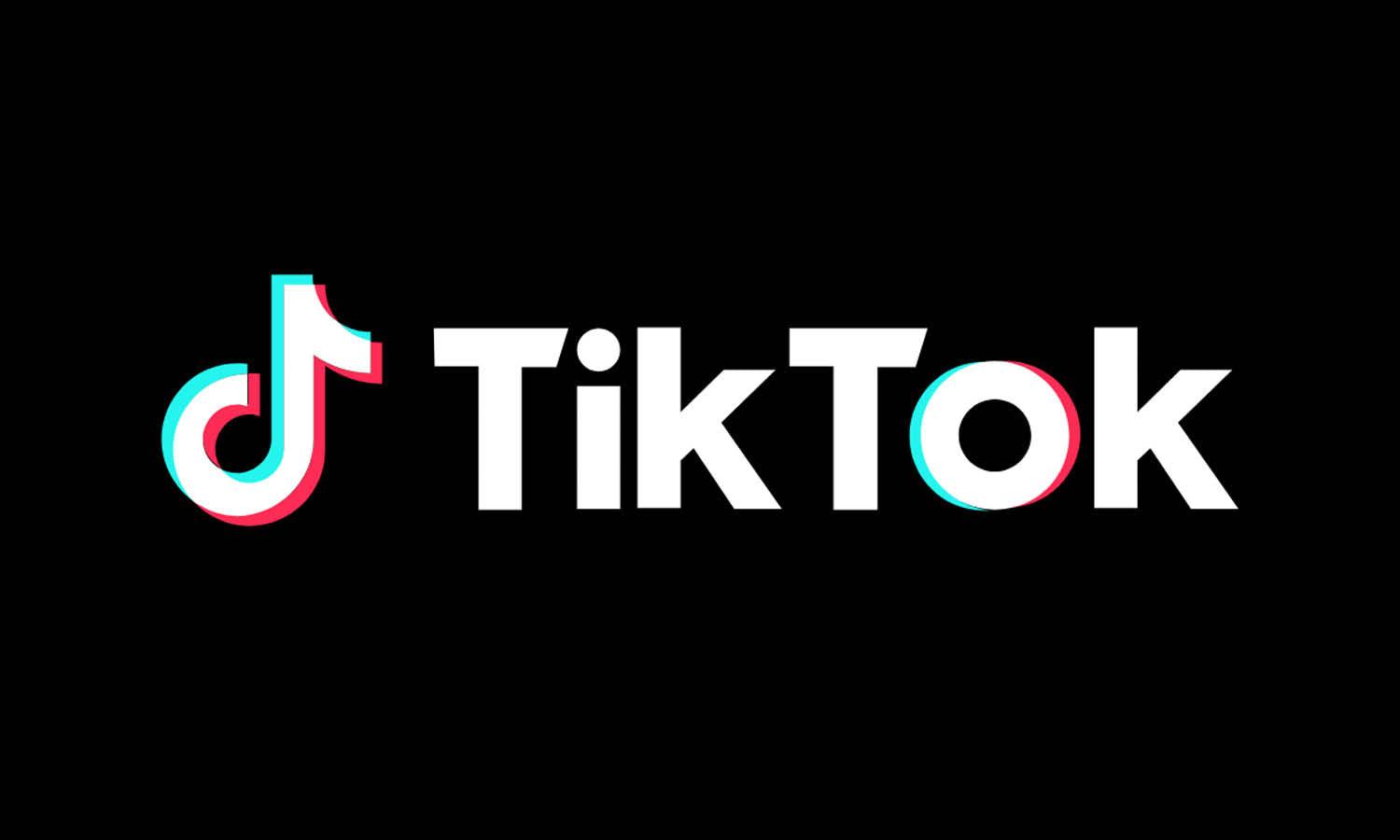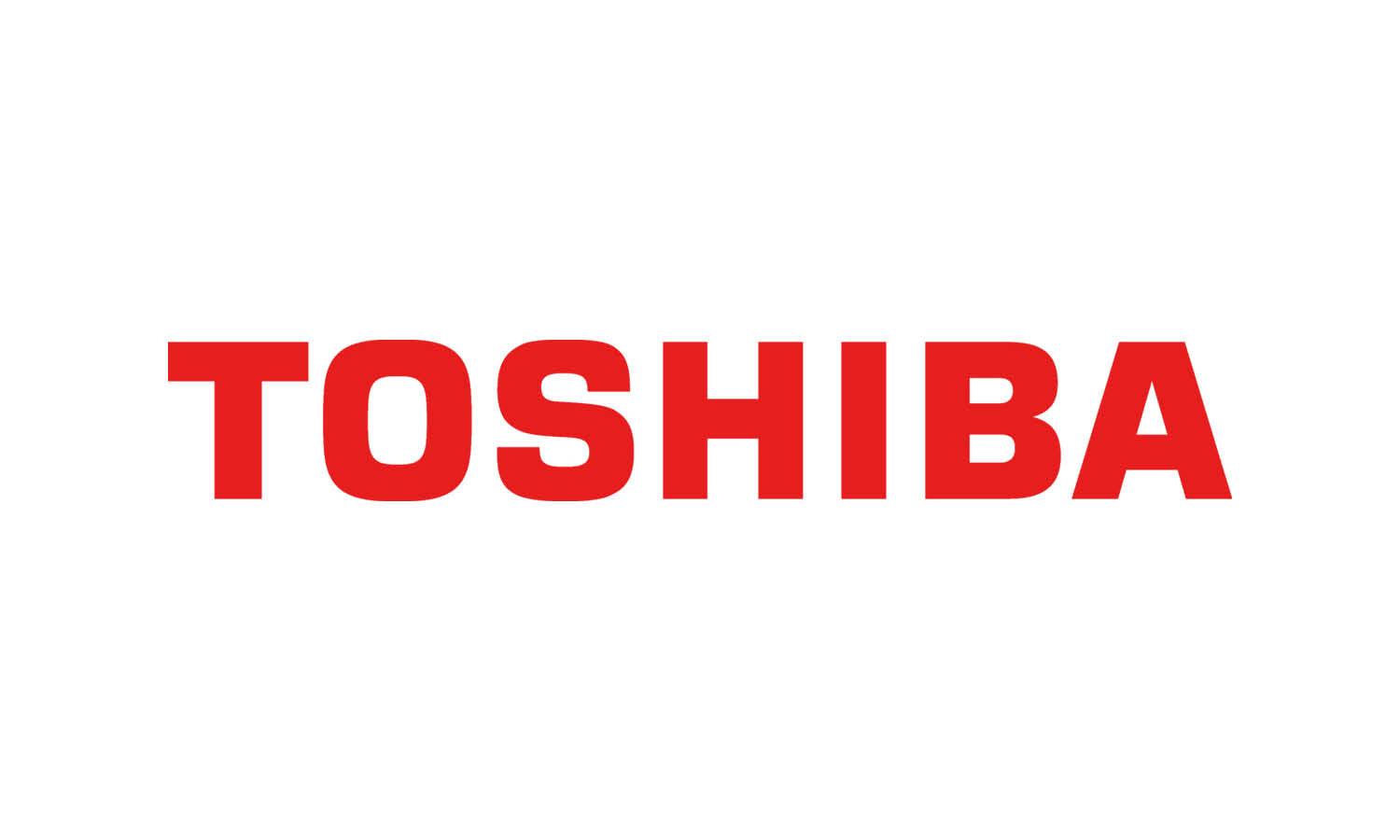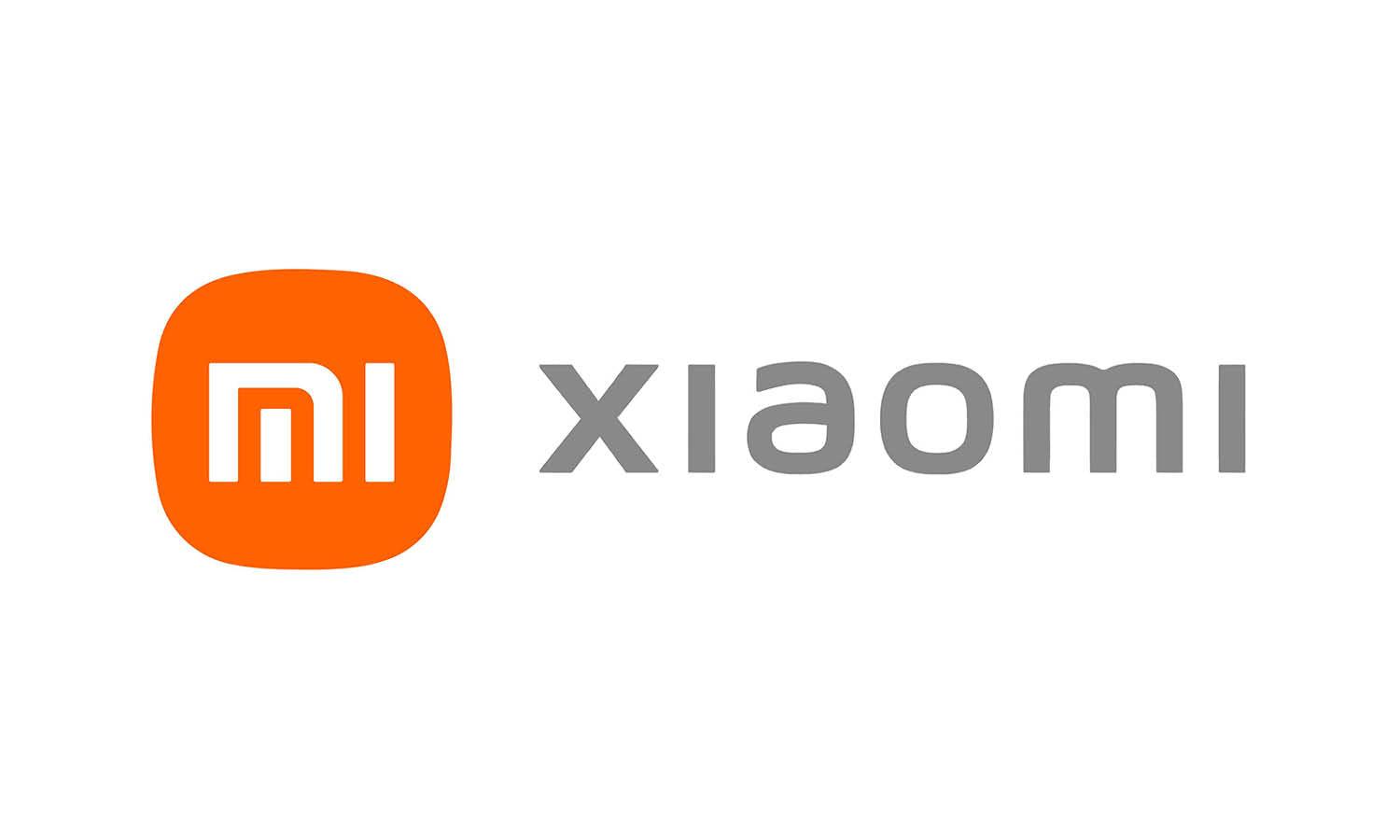Nokia Logo Design: History & Evolution

Image Courtesy: Nokia
When it comes to iconic symbols in the world of technology, few can rival the lasting power of the Nokia logo design. This emblem has not only stood as a beacon of quality but also as a representation of innovation in the mobile industry. If you're a graphic designer with even a passing interest in tech branding, the Nokia logo is likely to be one you've admired.
This article is going to delve into the rich history and fascinating evolution of the Nokia logo design, a subject that resonates with our continuous strive for creativity and excellence. From its humble beginnings in the wood pulp business to its dominant role in the mobile phone era, the transformation of the Nokia logo design has been nothing short of remarkable. So grab a cup of coffee, get comfortable, and join us on this graphical journey. Whether you're new to the field or a seasoned veteran, there's something to learn and appreciate about how a simple design can evolve into a global symbol. Stay tuned!
Nokia Logo Design History
1868 - 1898
In the tapestry of global branding, few stories are as intriguing as the genesis of the Nokia logo design. Sit back and allow me to take you on a journey to the late 19th century, when the seeds of the Nokia brand were sown.
The Nokia story began near the Nokianvirta River in 1868, with the establishment of the second pulp enterprise by Fredrik Idestam. And the very first Nokia logo design was, interestingly, not something related to technology but a part of a fish, specifically a salmon with its mouth open. You might wonder why a fish? Well, the fish symbol probably signified the river itself, tying the company to its geographical roots.
This early version of the Nokia logo design was enclosed in a ring, with two inscriptions adorning it. The upper inscription read 'Nokia Osakeyhtio,' while the lower featured the 'Nokia Aktiebolac' wording. If you're scratching your head trying to figure out the connection between a salmon and a company, don't worry; it's a design choice that left many pondering. But it resonated with the local culture, symbolizing the nature-centric life of that era.
The real fascination of this first iteration of the Nokia logo design lies in its longevity and resistance to change. In an age where brands often undergo multiple redesigns in just a decade, this original Nokia logo remained unaltered for almost a century. That's a testament to the power of a simple and unique design. In fact, it might even serve as an inspiration to graphic designers today looking to create timeless logos.
Analyzing this early Nokia logo design, graphic designers can derive some profound insights. It spoke volumes without saying much. The choice of the salmon, connected to the river, signified a grounded approach. It represented a connection to nature, to locality, and to the very essence of the place where Nokia originated.
During the period from 1868 to 1898, this Nokia logo design remained untouched and continued to be a symbol of the company's identity. It's an emblem that might seem disconnected from the sleek, tech-savvy image we associate with Nokia today, but it's an essential part of the brand's rich history.
The story of the Nokia logo design from 1868-1898 paints a vivid picture of the company's humble beginnings. It's a slice of design history that showcases how a brand can evolve while still staying true to its roots. Whether you're a seasoned graphic designer or a novice fascinated by logos, the early Nokia logo design story is a compelling chapter in the broader narrative of branding and design.

Image Courtesy: Nokia
1898 – 1965
When you think about the evolution of Nokia logo design, the period from 1898 to 1965 stands out as a remarkable phase, marking a significant departure from the initial fish emblem. In this era, the Nokia logo underwent a transformation that would lay the groundwork for the brand's global identity. Graphic designers looking to understand the philosophy of minimalism and longevity in logo design can find valuable insights in this chapter of Nokia's history.
In 1898, Nokia introduced its second badge, a logo that would stay with the company for more than six decades. Simple, elegant, and starkly different from the previous design, this new Nokia logo design was shaped like a pentagon with its peak pointing upwards. To the casual observer, it might have seemed like a diamond, and in many ways, it was a gem in the world of design.
This monochromatic emblem was characterized by a black outline that supported the black bars of the three-line lettering, giving it a distinct and pronounced look. At the top, the logo featured the 1898 datemark, a clear nod to the company's heritage. Above the brand's name, the abbreviation "S. G. T. O. Y." was placed, adding an element of intrigue and individuality to the design.
The transition from the detailed salmon design to this minimalist pentagon was not merely a stylistic change. It signaled a shift in the brand's identity, moving towards a more modern and forward-looking stance. This new Nokia logo design spoke to an era of industrial growth and technological advancement, embodying the spirit of innovation that would come to define the brand.
For graphic designers today, the Nokia logo design from 1898 to 1965 offers a masterclass in simplicity and timelessness. Its geometric form, uncluttered appearance, and monochromatic palette set it apart from the visual noise of that time, allowing it to endure for over sixty years without feeling outdated.
What's perhaps most fascinating about this phase of the Nokia logo design is how it managed to encapsulate the brand's essence without relying on intricate illustrations or complex symbolism. It was an understated declaration of a brand's ambition and progress.
The story of the Nokia logo design between 1898 and 1965 is a testament to the power of minimalism and the enduring appeal of a well-crafted design. It reminds us that sometimes, less truly is more, and that a logo can convey a brand's personality without unnecessary embellishments. Whether you're an experienced graphic designer or someone exploring the rich landscape of design history, the lessons from this era of Nokia's logo design continue to resonate and inspire.

Image Courtesy: Nokia
1965 - 1978
The tale of Nokia logo design is filled with twists, turns, and transformations. Between 1965 and 1978, a new chapter unfolded, reflecting both a change in the company's direction and a fresh approach to its visual identity. For graphic designers fascinated by adaptability and innovation in branding, this phase in the evolution of the Nokia logo design offers some intriguing lessons.
During this period, the Nokia logotype played a central role in another company's visual identity, Suomen Gummitehdas Oy, a firm engaged in the making of rubber tires. This collaboration led to a distinctive transformation of the Nokia logo, showcasing how a brand can adapt its image to align with different industrial contexts.
Taking their main specialization into sight, the designers from the company opted to use a black circle, a shape that immediately brings to mind the image of a tire. This design choice was not only clever but deeply connected to the essence of the rubber tire-making business. It's a prime example of how a logo can encapsulate a company's core function through minimalistic imagery.
Nokia then took this simple but effective design and added its own unique touch. By inserting a semicircular bar at the center of the black circle and placing the company's name on it, they created a logo that was both recognizable and unique. The new design maintained the simplicity of the previous logos but added a flair that was entirely its own.
The story of the Nokia logo design between 1965 and 1978 is a demonstration of how branding can be both fluid and strategic. The logo adapted to a new industry while still retaining the core identity of the Nokia brand. It's an inspiring example for graphic designers aiming to create versatile yet consistent branding solutions.
This adaptation of the Nokia logo design didn't merely represent the company's involvement with rubber tires; it symbolized a dynamic and evolving brand that was unafraid to explore new territories. It showed that a logo could be both specific and universal, reflecting a particular industry while staying true to the overall brand image.
The Nokia logo design from 1965 to 1978 is a masterclass in adaptability, innovation, and strategic design. It illustrates how a logo can change to suit a new context without losing its core identity. Whether you're a seasoned graphic designer or a budding enthusiast, this period in Nokia's logo design history is a rich source of inspiration, offering insights into how a logo can evolve, adapt, and thrive in an ever-changing business landscape. It reminds us that great design is not just about aesthetics; it's about finding the perfect balance between form and function, tradition and innovation.

Image Courtesy: Nokia
1978 - 2023
The story of Nokia logo design is a winding road filled with intriguing turns and a relentless drive towards simplicity. From 1978 onwards, this journey reached a defining moment, one that would set the stage for the Finnish corporation's global recognition. For those in the graphic design field, the transformation that took place during this time offers a remarkable lesson in the power of minimalism and the impact of a well-chosen word mark.
In 1978, Nokia took a bold step in reimagining its visual identity. They stripped away all graphical elements from their logo, leaving only the company's name. It was a move that signaled a shift in focus, from complex imagery to the sheer power of a recognizable name. This redesigned Nokia logo design may have seemed unassuming at first glance, but its impact was profound.
This simple word mark became probably the most recognizable of its kind. In a world filled with logos teeming with colors, shapes, and symbols, Nokia's minimalist approach stood out. The clarity of the design, the unadorned typography, and the absence of embellishments made it a timeless masterpiece.
For graphic designers seeking inspiration, the Nokia logo design from 1978 onwards is a testament to the notion that less is often more. By relying solely on the brand's name, Nokia created a logo that transcended cultural and linguistic barriers. It was a logo that could be understood and recognized anywhere in the world, embodying the very essence of the brand without the need for visual cues or metaphors.
But this was not just about minimalism for the sake of minimalism. The simplification of the Nokia logo design reflected the company's evolution into a global tech giant, a leader in the mobile industry. It aligned with the clean, functional, and user-friendly approach that Nokia adopted in its products.
The journey from 1978 to 2023 in Nokia's logo design history is a lesson in strategic branding. It shows how a logo can adapt and evolve, embracing simplicity while retaining its core identity. It's a reminder to designers that the most effective logos aren't always the most intricate; sometimes, a clear and concise word mark can resonate more powerfully than the most elaborate designs.
The Nokia logo design from 1978 to 2023 is a shining example of the elegance of simplicity. It's an inspiring story for graphic designers at any stage of their career, offering insights into how a logo can become a global icon with just the right balance of simplicity and identity. Whether you're a seasoned pro or just starting out, the Nokia logo's journey over these years is a rich source of inspiration, reinforcing the timeless principle that in design, sometimes the simplest approach leaves the most lasting impression.

Image Courtesy: Nokia
2023 - Present
In the vast landscape of logo evolution, few stories are as compelling and instructive as the Nokia logo design. As we move into the present day, the 2023 redesign of Nokia's logo marks a significant moment in its visual identity. For graphic designers, this change offers a fascinating glimpse into the blend of tradition and innovation, a confluence where geometry meets creativity.
The redesign of 2023 has introduced a very cool geometric badge, signaling a fresh yet familiar direction for the brand. Straying away from the stark simplicity of the previous word mark, this version marries the new with the old. It brings together elements of geometry and modernity, creating a look that feels both progressive and energetic.
At the heart of this new Nokia logo design is the use of an extended geometric sans-serif font. The characters are uppercase, lending a sense of authority and confidence to the brand's name. But what really catches the eye is the creative touch with the straight bars of some characters removed. This subtle yet impactful change adds a distinctive flair, providing a visual twist that sets it apart from conventional typography.
And then there's the color. The stylized wordmark is set in a bright shade of blue, a color that's synonymous with progress, energy, and innovation. Against a plain white background, this blue is not just a color but a statement. It resonates with Nokia's forward-thinking ethos, reflecting a brand that's always on the move.
For graphic designers exploring the nuances of contemporary branding, this Nokia logo design is a treasure trove of inspiration. It demonstrates how a well-established brand can reimagine itself without losing its essence. It's a lesson in how geometry can be playful, how color can be emotive, and how a logo can be both a symbol and a story.
The Nokia logo design from 2023 to the present is not just a redesign; it's a reimagination. It captures the spirit of a brand that's constantly evolving, yet firmly rooted in its identity. Whether you're a veteran graphic designer or a newcomer eager to learn, this chapter in Nokia's logo design journey offers valuable insights. It's a reminder that creativity is never stagnant, that design is always evolving, and that even the most iconic logos can find new ways to express themselves. The new Nokia logo is more than a visual identity; it's a visual language, speaking to a brand that's ready to embrace the future with open arms.

Image Source: https://www.nokia.com/phones/id_id/ | Image Courtesy: Nokia
Analysis: Nokia Logo Design Evolution
The evolution of the Nokia logo design is a compelling study in adaptability, innovation, and strategic thinking. From its early days featuring a salmon's depiction to the very latest geometric badge of 2023, the transformations in Nokia's visual identity provide graphic designers with rich insights into the art and science of branding. Let's delve into this intriguing journey by exploring five key points that encapsulate the essence of Nokia's logo design evolution.
Reflecting Core Values
Throughout its history, the Nokia logo design has consistently mirrored the company's core values and specializations. Whether it was the fish symbolizing the river near the original pulp enterprise or the geometric patterns representing modernity, each phase of the logo has been a visual manifestation of Nokia's mission and vision. This alignment between visual elements and core principles is a timeless lesson in brand identity.
Adaptation to Industry Changes
Nokia's transformation from a pulp and rubber company to a global telecommunications giant is mirrored in its logo evolution. The changes in the Nokia logo design highlight how a brand can seamlessly adapt its visual identity to reflect shifts in industry focus and market positioning. This ability to evolve while maintaining brand integrity is a testament to the importance of strategic design thinking.
Embracing Simplicity
One of the hallmarks of the Nokia logo design is its embrace of simplicity. The 1978 redesign that left only the name as the logo was a bold move towards minimalism, proving that sometimes less is indeed more. This approach has resonated with audiences worldwide, cementing Nokia's place as a recognizable brand and demonstrating the enduring power of simplicity in design.
Color and Typography as Branding Tools
From the monochromatic pentagon of the 1898 badge to the bright blue geometric wordmark of 2023, color and typography have played pivotal roles in the Nokia logo design. These elements have not only shaped the aesthetic appeal of the logo but have also communicated subtle messages about the brand's personality and direction. The thoughtful use of these design tools underscores their significance in effective branding.
Balance between Tradition and Innovation
The continuous evolution of the Nokia logo design highlights a careful balance between honoring tradition and embracing innovation. While the logo has undergone significant changes, it has never lost its connection to the brand's heritage. This blend of old and new reflects a sophisticated understanding of how to navigate change while preserving core identity.
The Nokia logo design evolution is a masterclass in branding, offering valuable insights into adaptability, simplicity, alignment with core values, and the strategic use of color and typography. For graphic designers, this journey is more than a historical overview; it's a rich source of inspiration and a guide to crafting logos that not only represent a brand but also tell its evolving story. Whether a seasoned professional or a budding enthusiast, the lessons embedded in Nokia's visual identity journey are timeless reminders of what makes great design truly great.

Image Source: https://www.nokia.com/phones/id_id/ | Image Courtesy: Nokia
The Philosophy & Meaning Behind Nokia Logo Design
The philosophy and meaning embedded in a logo can often reveal the soul of a brand, and the Nokia logo design is no exception. From its early days as a symbol featuring a salmon to its contemporary geometric form, the Nokia logo has been more than just a visual mark; it's a reflection of the company's ethos, evolution, and engagement with its audience. Let's uncover the deeper meanings behind the Nokia logo design through five illuminating points.
Symbolism of Origin
The earliest Nokia logo design paid homage to the company's roots, with the depiction of a salmon symbolizing the river near the original pulp enterprise. This connection to location and origin not only grounded the brand but also instilled a sense of authenticity. The choice of imagery reflected a commitment to heritage and a strong connection to place, a philosophy that many brands can learn from.
Evolution Reflecting Transformation
Each phase of the Nokia logo design has been a mirror to the company's transformation. From pulp production to rubber manufacturing and then to a global tech leader, the logo has evolved to reflect these shifts. This alignment between logo and corporate identity demonstrates a thoughtful approach to brand evolution, where visual changes are not mere aesthetic choices but a reflection of organizational growth and adaptation.
Minimalism as a Statement
The 1978 shift to a simple word mark marked a significant philosophical change for Nokia. By embracing minimalism, the Nokia logo design conveyed a message of clarity, efficiency, and modernity. This move towards simplicity was not just a design trend; it was a statement about the company's direction, reflecting a focus on user-centered design and functional elegance.
Color and Geometry as Expressions
The latest Nokia logo design, with its bright blue hue and geometric typography, expresses a philosophy of innovation, energy, and progressiveness. The color choice and geometric form aren't just visually appealing; they're imbued with meaning, conveying a sense of optimism and forward-thinking that aligns with Nokia's positioning as a contemporary tech leader.
Timelessness through Consistency
Throughout its history, the Nokia logo design has maintained a consistency that has contributed to its timelessness. Even as it has evolved, the logo has retained elements that connect it to its past, creating a continuous narrative. This philosophy of maintaining core identity while embracing change is a lesson in building a brand that endures and resonates across generations.
The philosophy and meaning behind the Nokia logo design offer rich insights into the multifaceted nature of branding. It's a story of symbolism, transformation, minimalism, expression, and timelessness. For graphic designers, the Nokia logo is not just a case study in design excellence; it's a testament to the profound impact a logo can have when it is crafted with intention, understanding, and a deep connection to the brand's core values. Whether you're designing for a start-up or an established giant, the lessons from Nokia's visual journey can inspire and guide your creative process.

Image Source: https://www.nokia.com/phones/id_id/ | Image Courtesy: Nokia
What Can We Learn from Nokia Logo Design
The Nokia logo design journey is filled with wisdom, creativity, and lessons for anyone involved in the world of graphic design. From its humble origins symbolizing a river to its modern geometric manifestations, the Nokia logo's evolution teaches us about adaptability, innovation, simplicity, and much more. Join me as we explore five valuable lessons that we can glean from the Nokia logo design.
Importance of Brand Alignment
The Nokia logo design beautifully illustrates the critical need for a logo to align with a brand's core values, mission, and vision. Whether it's the symbol of a fish representing the river near the original site or the minimalistic approach reflecting modernity, each phase of the logo is in harmony with the company's essence. The takeaway for designers is that an authentic and resonant logo must be deeply rooted in the brand's identity.
Simplicity Can Be Powerful
Nokia's 1978 move to a simple word mark teaches us the potent power of simplicity. By reducing the logo to its bare essentials, Nokia managed to create an icon that's both memorable and timeless. This example of the Nokia logo design reinforces the idea that simplicity is not a compromise; it can be a deliberate and effective strategy to create a strong and lasting impression.
Adaptation Without Losing Essence
The Nokia logo design's continuous evolution without losing its core identity shows us the importance of maintaining consistency even in the face of change. From pulp production to a global tech leader, the logo has adapted while preserving elements that connect it to its past. For designers, this underscores the need to approach redesigns with a mindful balance of innovation and tradition.
Strategic Use of Color and Typography
The Nokia logo design's use of color and typography has been more than mere aesthetics; it's been a strategic tool to convey the brand's personality. The bright blue hue and geometric form in the latest design express innovation, energy, and progressiveness. This lesson reminds designers that every element in a logo, including color and font, should be chosen with intention and purpose.
Timeless Design through Continuous Innovation
Nokia's ability to keep its logo relevant through various eras without losing its iconic status is a lesson in timeless design. The Nokia logo design's continuous innovation, coupled with consistency, has created a visual identity that stands the test of time. For designers, this is a testament to the importance of forward-thinking creativity that resonates across generations.
The Nokia logo design is more than a visual symbol; it's a rich source of inspiration and learning for graphic designers. Through its alignment with brand values, embrace of simplicity, balanced adaptation, strategic use of design elements, and timeless innovation, it offers valuable insights that can guide and inspire. Whether you're crafting a logo for a new brand or revitalizing an existing one, the lessons from Nokia's visual journey can enlighten your design process and lead you to create logos that not only capture attention but also tell a compelling story.
Conclusion
In unraveling the story of the Nokia logo design, we've journeyed through a rich tapestry of creativity, adaptation, and timeless appeal. This visual odyssey isn't just a chronicle of a brand's evolution; it's a treasure trove of insights for graphic designers everywhere. Whether it's the eloquent simplicity, the strategic use of color, or the fine balance between change and consistency, the Nokia logo design stands as a masterclass in branding. It reminds us that a logo isn't merely a pretty emblem; it's the visual heartbeat of a brand, echoing its ethos, aspirations, and identity.
Let Us Know What You Think!
These fantastic logo design articles are written and curated by Kreafolk's team. We hope you enjoy our information and remember to leave us a comment below. Cheers!
















Leave a Comment